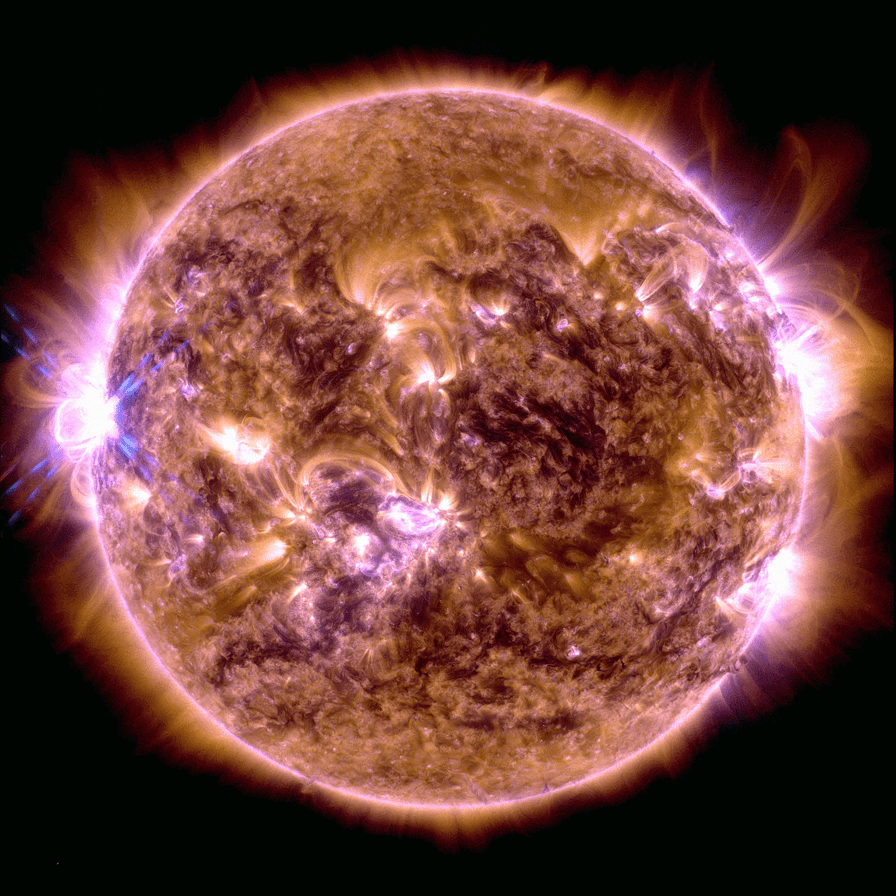On December 31, there was a solar flare. This flare is classified as an X5.0 flare, which is the most intense flare. An X5.0 flare (R3 Strong Radio Blackout) from the National Oceanic and Atmospheric Administration's Space Weather Prediction Center occurred at 3 pm. It was the largest flare to be observed since September 10, 2017. There is a G1 watch in place for January 2 due to the possible proximity shock influences related to this event.
Flares are caused by the release of magnetic energy in the Sun. The strength of the solar flares is determined by the amount of energy they emit. Flares are small flares with minimal impact on Earth. M-class flares are medium-sized flares that can cause brief radio blackouts at the poles and radiation storms that might endanger astronauts. The X-class Flares are the most intense type and can cause long- lasting radiation storms. An X5 flare is five times more intense than an X1 flare, and is ten times more powerful than the preceding one.
NASA launched the Solar Dynamics Observatory in February 2010 as part of the Living With a Star program. The primary goal of the SDO is to understand the influence of the Sun on the Earth and near-Earth space by studying the solar atmosphere on small scales of space and time. The SDO has a suite of instruments that give observations to lead to a more complete understanding of the solar dynamics. The HMI studies the solar magnetic field to determine the interior sources of solar variability. The Extreme Ultraviolet Variability Experiment is important for understanding the impact on Earth's atmosphere. SDO helps scientists learn more about solar activity and how it affects Earth by continuously monitoring the Sun.

